#ad [recommended product]
Introduction
Back pain….it’s more than just an “ouch” moment…it’s a real pain in the, well, you know. For millions, it’s a constant, unwelcome companion that meddles with work, messes with sleep, and puts a damper on life’s simple joys. You’ve likely tried it all—stretching, pain relievers, and maybe even considering surgery. But what if there was a different kind of light at the end of the tunnel? A literal red light for back pain relief.
Red light therapy. It might sound like something straight out of a sci-fi movie, but this non-invasive treatment has potential to soothe stubborn aches. It’s not about heat; it’s about light energy doing some pretty amazing things deep within your body’s tissues. So, is it all just hype, or could shining a special kind of red light on your back be the key to finally getting some relief? Let’s see what’s what.
Is It Really Effective?
Does red light therapy actually work for back pain? The answer, backed by a growing body of evidence, seems to be “yes.”
Mechanism of Action: How Does It Work?
Alright, let’s get a little nerdy. Red light therapy works at the cellular level. Your body’s cells contain tiny powerhouses called mitochondria. Think of them as the batteries that power everything your cells do.
When red and near-infrared light penetrate your skin, they’re absorbed by these mitochondria. This absorption kicks them into high gear, encouraging them to produce more adenosine triphosphate (ATP). ATP is the primary energy currency of the cell. With more energy, cells can:
- Repair themselves more efficiently.
- Stimulate the production of collagen, which is crucial for rebuilding tissue.
- Reduce inflammation and oxidative stress, which are major culprits behind chronic pain.
- Improve blood flow to the treated area, bringing more oxygen and nutrients to help with healing.
In short, red light therapy gives your body’s natural healing processes a serious boost, right where you need it most.
Clinical Research Results
Scientists have been putting red light therapy to the test. Several studies have investigated its effects on musculoskeletal pain, including lower back pain. Studies also report significant reductions in pain scores for participants treated with infrared light as well. Ultimately, it seems the combination of red and infrared light is particularly effective for chronic lower back pain, offering a glimmer of hope where other treatments have fallen short.
Dosing: Getting It Just Right
Like any treatment, getting the dose right is key to seeing results. Dosing in red light therapy depends on a few factors:
- Wavelength: The light needs to be in the sweet spot, typically between 630-660 nanometers (red light) and 810-850 nanometers (near-infrared light), to penetrate deeply enough.
- Session Length: Most at-home sessions range from 10 to 20 minutes per area.
- Frequency: Consistency is crucial. Most protocols suggest daily use, or at least 3-5 times per week, especially when you’re first starting.
- Light Intensity (Irradiance): This measures the power of the light reaching your body. A quality device will deliver enough power to be effective without being too intense.
Comparable Efficacy to Other Treatments
How does red light therapy stack up against conventional treatments? It holds its own pretty well. Unlike pain medications, which just mask the symptoms and can come with a list of side effects, red light therapy aims to address the problem at its source by promoting healing. Compared to heat pads, which primarily provide temporary comfort by increasing surface-level blood flow, red light penetrates much deeper to work on a cellular level. It’s often used alongside other treatments like physical therapy and chiropractic care, acting as a powerful tag-team partner in the fight against back pain.
What About Safety?
When it comes to red light for back pain relief, the safety profile is one of its most attractive features.
Adverse Effects
For the most part, red light therapy is considered very safe and is well-tolerated by most people. The side effects are minimal and rare. When they do occur, they are typically mild and temporary, such as:
- Slight redness or tightness in the treated area, which usually fades quickly.
- Temporary eye strain if you stare directly into the lights (which is why eye protection is a good idea!).
It’s a far cry from the potential risks associated with surgery or long-term medication use.
Drug Interactions
One of the best things about red light therapy is its lack of known, serious drug interactions. However, a little common sense goes a long way. If you are taking any medications that cause photosensitivity (making your skin more sensitive to light), you should talk to your doctor before starting treatment. It’s always better to be safe than sorry.
Precautions
While generally safe, there are a few situations where caution is advised:
- Pregnancy: There isn’t enough research on the effects of red light therapy during pregnancy, so it’s best to err on the side of caution and avoid it.
- Active Cancer: If you have active cancerous lesions, you should not use red light therapy over those areas, as it could potentially stimulate cell growth.
- Eyes: Never shine the light directly into your eyes. Most devices come with protective goggles, and you should definitely use them.
Frequently Asked Questions (FAQs)
- How long does it take to see results? While some people feel mild relief after the first few sessions, for chronic back pain, it can take several weeks of consistent use to notice significant, lasting improvement.
- Can I use a red light therapy device at home? Absolutely! The market for at-home devices has exploded. Just be sure to do your homework and choose a reputable brand that provides information about its light wavelength and intensity.
- Does it hurt? Not at all. You might feel a gentle, soothing warmth on your skin, but the therapy itself is painless.
Conclusion
Let’s face it, living with back pain is no fun. It can make you feel older than your years and hold you back from living your life to the fullest. While there’s no single solution for every person, red light for back pain relief offers a compelling, science-backed, and remarkably safe option. By energizing your cells and jump-starting your body’s own healing mechanisms, it tackles the problem from the inside out, rather than just covering up the pain. If you’re tired of the same old solutions that don’t deliver, maybe it’s time to look at your back pain in a new light—a red one.
References
- Gale GD, Rothbart PJ, Li Y. Infrared therapy for chronic low back pain: a randomized, controlled trial. Pain Res Manag. 2006 Autumn;11(3):193-6. doi: 10.1155/2006/876920. PMID: 16960636; PMCID: PMC2539004.
- Hamblin MR. Mechanisms and applications of the anti-inflammatory effects of photobiomodulation. AIMS Biophys. 2017;4(3):337-361. doi: 10.3934/biophy.2017.3.337. Epub 2017 May 19. PMID: 28748217; PMCID: PMC5523874.
- Tsagkaris C, Papazoglou AS, Eleftheriades A, Tsakopoulos S, Alexiou A, Găman MA, Moysidis DV. Infrared Radiation in the Management of Musculoskeletal Conditions and Chronic Pain: A Systematic Review. Eur J Investig Health Psychol Educ. 2022 Mar 14;12(3):334-343. doi: 10.3390/ejihpe12030024. PMID: 35323210; PMCID: PMC8946909.
Recommended Story For You :

The alpine secret for healthy weight loss

The Most Potent Fast-Acting Formula For Incinerating Stubborn Fat

Real Cortexi Users Real Life‑Changing Results
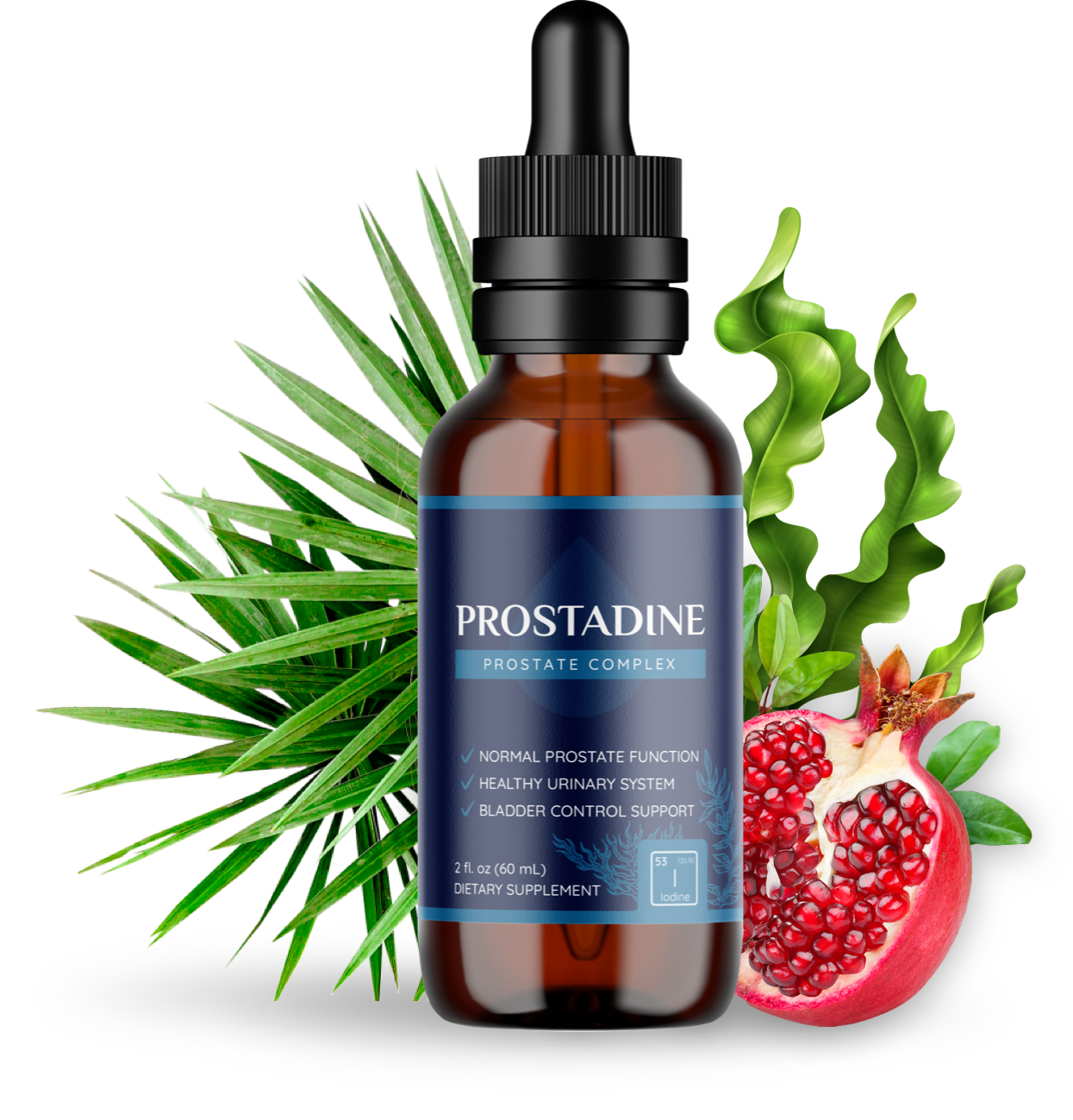
This Cold Drink Might Trigger Your Prostate
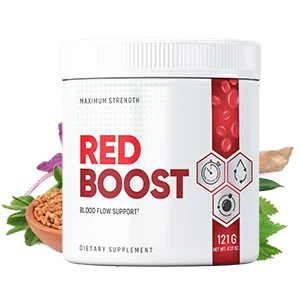
Red Boost is a powerful new formula for boosting male sexual health.
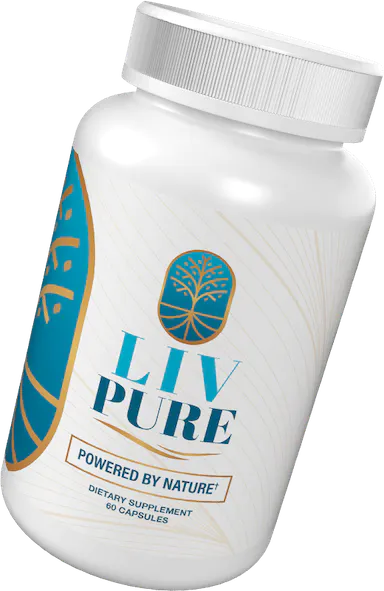
Everything you eat or drink eventually reaches your liver for processing.

Brand New Probiotics Specially Designed For The Health Of Your Teeth And Gums

Empowering You to Take Control of Your Blood Sugar Health!
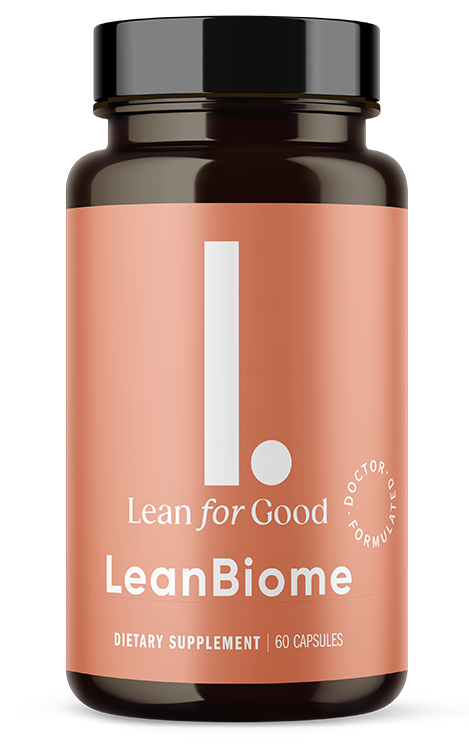

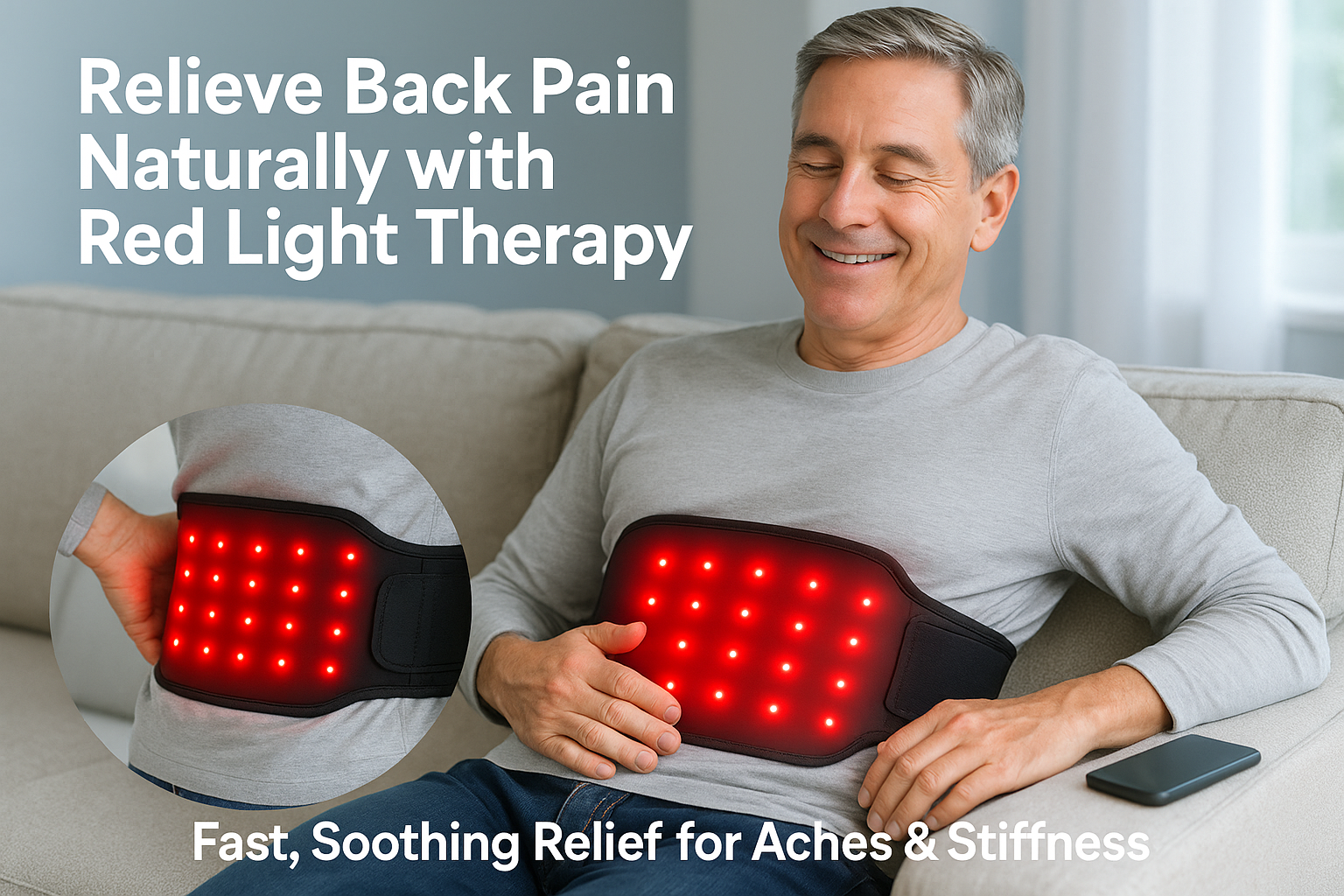
Comments
13 responses to “Seeing Red: A Deep Dive into Red Light for Back Pain Relief”
purchase androxal where to purchase
cheap androxal buy online no prescription
does cheap enclomiphene work
how to order enclomiphene toronto canada
buy rifaximin usa pharmacy
get rifaximin generic in usa
buying xifaxan usa suppliers
how to buy xifaxan purchase australia
how to buy staxyn generic available
purchase staxyn uk pharmacy
cheap avodart cheap generic uk
buying avodart cheap buy online no prescription
how to order dutasteride generic now
buy cheap dutasteride where to purchase
get flexeril cyclobenzaprine price on prescription
order flexeril cyclobenzaprine generic online pharmacy
buy gabapentin cost insurance
buy cheap gabapentin usa drugstore
buy cheap fildena generic drug
purchase fildena no prescription online
buying itraconazole generic where to buy
itraconazole ups delivery only
kamagra doručení následujícího dne
koupit kamagra bez lékařského předpisu přes noc
aucun rx nécessaire pour acheter kamagra
acheter kamagra en ligne buy